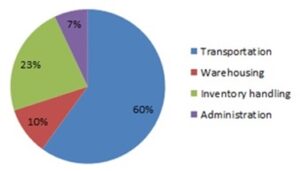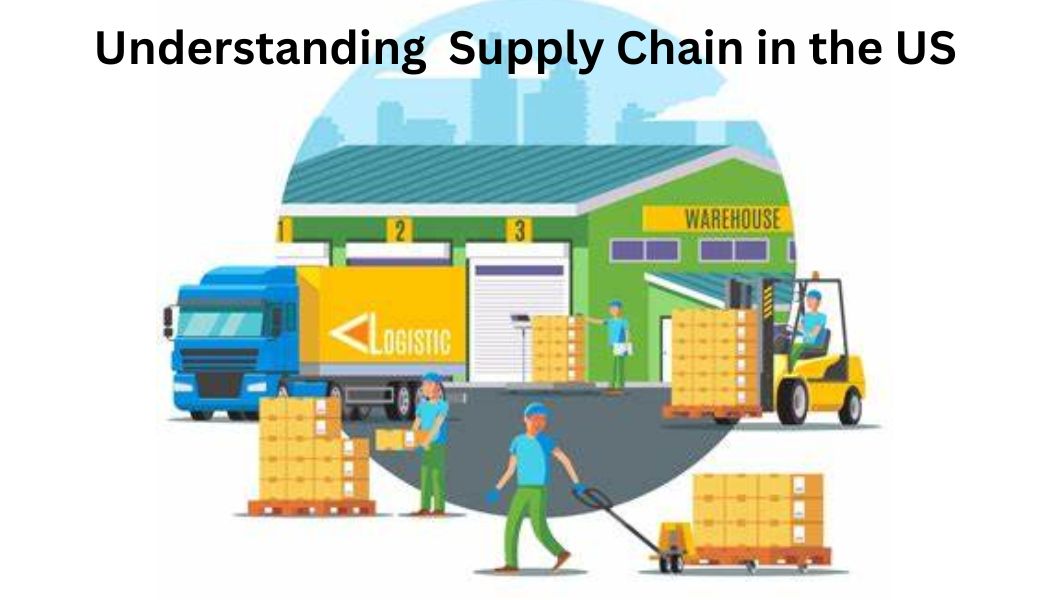In a recent article, I explained why successful manufacturers in their country fail when trying to expand into the US. One significant reason for this failure is the lack of understanding of the unique dynamics of the distribution industry, supply chain pricing strategies, and distribution costs prevalent in the US market. In this article, I shed light on these critical aspects, focusing on supply chain differentiating factors in the US to help foreign manufacturers make informed decisions and succeed in the US.
Understanding the US Supply Chain
The US supply chain is a complex network of suppliers, manufacturers, distributors, retailers, and consumers. Its vast geographical expanse and diverse customer preferences demand a comprehensive understanding of seamless operations. Manufacturers looking to enter the US market must comprehend the following key elements of the US supply chain:
Retailer Dominance: The US market characterizes by the dominance of large retail chains with significant purchasing power. These retailers often dictate pricing and require manufacturers to align their strategies with the retailers’ demands.
Regional Variation: There are multiple regions in the US, each with distinct consumer preferences and supply chain requirements. Successful manufacturers must adapt their product offerings and distribution strategies to cater to these regional variations.
Logistics and Transportation: The US supply chain heavily relies on efficient logistics and transportation. Timely and cost-effective delivery is crucial for meeting customer demands and maintaining competitive pricing.
Inventory Management: Inventory management is crucial to prevent stockouts and optimize product availability across various locations and seasons.
Understanding Supply Chain Pricing and Distribution Costs in the US
Even though the concepts associated with supply chain pricing structures along the different types of retailers are similar in any country, several specific factors make the USA pricing more complex than other countries. Besides the issues mentioned in the previous section, here are some additional differences.
Market Maturity: The US market is typically more mature and competitive than the markets in other countries. Distributors may face higher operating costs and more intense price competition, leading to tighter margins.
Distribution Costs: Distribution costs in the US may be relatively higher due to factors like greater distances between suppliers, distribution centers, and customers. Infrastructure and logistics in the US are generally well-developed but might come at a premium.
Distribution Channel Complexity: The complexity of distribution channels can vary. Traditional distribution channels might dominate in some countries, while the US might have a more diverse mix of traditional retail, e-commerce, and direct-to-consumer models.
Market Size and Volume: The US market is larger and has a more substantial customer base than most countries. As a result, distributors in the US may benefit from economies of scale, potentially leading to lower prices.
Currency and Exchange Rate Fluctuations: Many countries can experience more significant currency fluctuations and inflation than the US, which impacts pricing strategies.
Regulatory Environment: The regulatory environment in the US is stricter than in many countries. Compliance costs and legal requirements may vary, affecting overall pricing structures.
Strategies for Success
Understanding the issues that are different in the US supply chain pricing, we can highlight some strategies to consider when preparing the strategic plan to succeed in the US. As an additional input, the graphic below shows the average cost structure of a distribution operation in the US.

- In-depth Market Research: Retain the services of a company specialist in how the distribution market works in the US to assist you in developing the business model and strategic plan best suited to your products and company culture.
- Establish Strong Partnerships: Building strong relationships with retailers and distributors can provide valuable insights and create mutually beneficial agreements that align with the US supply chain. Consider stablishing alliances with companies and brokers that already have that contact network, who will help reducing the time associated to getting products approval.
- Flexible Pricing Models: Manufacturers should consider dynamic pricing models that can adapt to market fluctuations and varying retailer demands in the style described in this article.
- Efficient Distribution Networks: Streamlining logistics and distribution networks is essential to meet customer demands promptly and minimize distribution costs. Instead of setting up you own warehouse and logistic fleet, consider using warehouse and logistic partners to reduce the weight of these functions on the cost structure.
How Promoting USA can help you to succeed in the US
Our deep knowledge of how the distribution market works in the US and abroad has allowed us to assist newcomers and existing companies in their growth stage, to enter the US market with limited investment and faster development time. If you want to learn more about how we can help you succeed in the US, give us your information to schedule a meeting.
I hope this article on supply chain pricing has been helpful to you. I will continue to post information related to trade channel management, general economy and market trends. If you are interested in this article or want to learn more about Promoting USA, please subscribe to stay updated on future articles.
Subscribe to Promoting USA blog

